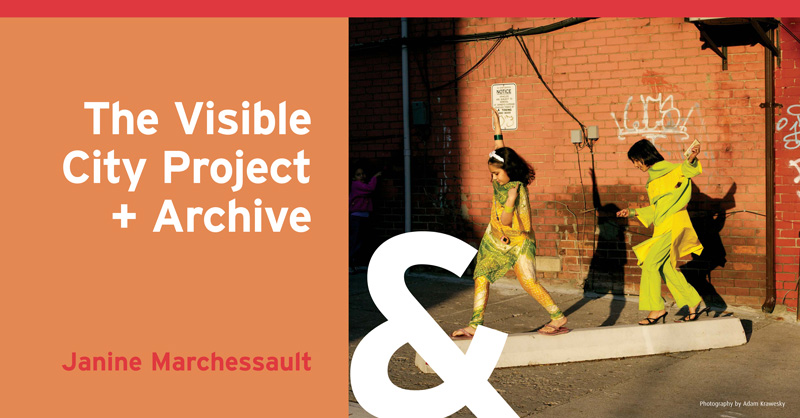 |
| [Poster] |
The Visible City Project seeks to understand the different roles that artists play in imagining and helping to design 21st century cities. The project seeks to discern how art practices function in specific contemporary urban contexts as a tool for enhancing communication and renovating democratic citizenship.
A new generation of artists using media technologies are exploring the meanings of translocality, public spaces and mobile networks that are distinct configurations grounded in place—indeed, often several places at once. The Visible City Project has come to focus on groups of artists who are using various aesthetic, community-oriented and interventionist approaches to communicate across distances (either geographical and/or cultural) in collaborative and political ways. The new collective projects are often informed by a particular view of globalization, a belief in the power of the imagination and media technology (internet, cell phones, projections, digital video, radio) to effect social change and design new forms of civic association that reconfigure boundaries—whether it is disconnected places in the city or disconnected cities in the world. While continuing to build upon the established case studies of Toronto, Havana and Helsinki, the project will extend into other Asian and Latin American cities.
The Visible City Project is co-directed by Janine Marchessault (York University) and Susan Lord (Queen’s University). The work generated is published on an on-going basis in a searchable digital archive that is open to researchers. The project is conducted in collaboration with the Future Cinema Lab at York, which is devoted to creating new narratives for new screen architectures and developing projects engaged with the city in its historical and phenomenological dimensions.

